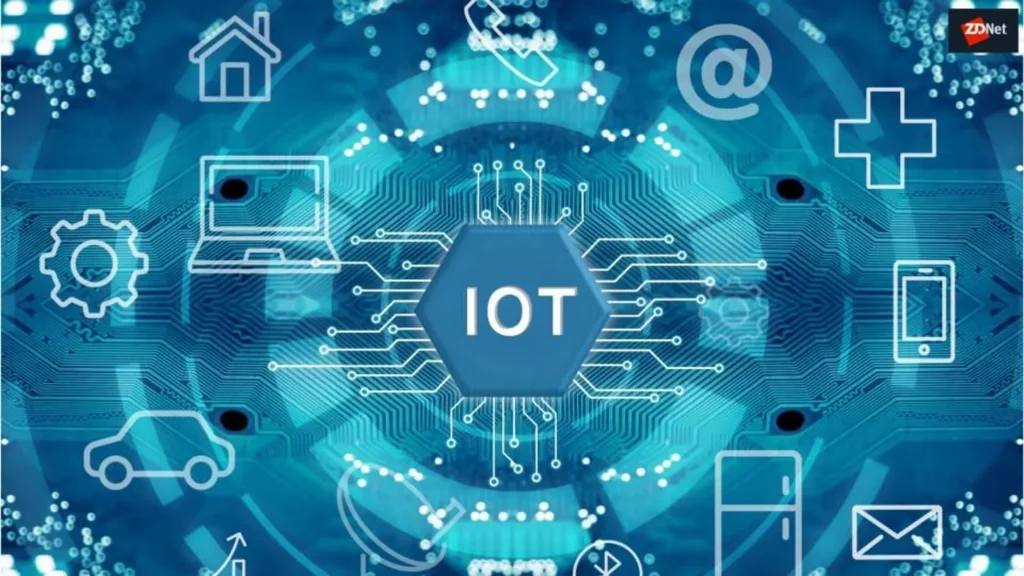Introduction
The Internet of Things (IoT) has transformed the way we live and work, connecting devices and systems to enable a seamless flow of information. In this era of digital connectivity, the concept of connecting the unconnected has gained significant importance.
Evolution of IoT
The roots of IoT trace back to the early days of the internet. Over the years, technological advancements have fueled the growth of IoT, making it a pervasive force in our daily lives. From basic home automation to complex industrial processes, the evolution of IoT has been remarkable.
Key Components of IoT
At the heart of IoT are its key components – devices and sensors, connectivity protocols, and the power of cloud computing and data analytics. These elements work in tandem to create a network where devices communicate and share data, driving the efficiency of various processes.
Challenges in Connecting the Unconnected
While the potential of IoT is vast, challenges persist in connecting the unconnected. Infrastructure limitations, security concerns, and interoperability issues pose hurdles that need careful consideration and strategic solutions.
Impact of IoT on Industries
The impact of IoT extends across various industries, including healthcare, manufacturing, agriculture, and the development of smart cities. The integration of IoT in these sectors has brought about unprecedented efficiency and innovation.
Real-world Applications
In the realm of real-world applications, IoT has manifested itself in smart homes, wearable devices, and industrial automation. These applications not only enhance convenience but also pave the way for a more interconnected and intelligent future.
Benefits of Connecting the Unconnected
Connecting the unconnected through IoT offers a plethora of benefits. From improved efficiency and data-driven decision-making to profound economic and social impacts, the advantages are evident across the board.
Case Studies
Examining successful IoT implementations and learning from failures is crucial. Case studies provide valuable insights into what works and what doesn’t, guiding future endeavors in the IoT space.
Future Trends in IoT
As technology evolves, so does IoT. The integration of 5G, the rise of edge computing, and the infusion of artificial intelligence mark the future trends that will shape the next phase of IoT development.
Addressing Security Concerns
Security is paramount in the IoT landscape. Implementing encryption, authentication measures, and adhering to best practices are essential in ensuring a secure IoT environment.
IoT Standards and Protocols
Standardization plays a crucial role in the widespread adoption of IoT. Understanding and implementing widely accepted protocols contribute to the seamless interoperability of devices.
Environmental Impact
As IoT proliferates, addressing its environmental impact becomes imperative. Sustainable practices and strategies to reduce electronic waste are essential in creating a responsible IoT ecosystem.
Government Regulations and Policies
Governments play a pivotal role in shaping IoT practices through regulations and policies. Examining the current state of IoT regulations provides insights into the regulatory landscape.
Consumer Adoption and Privacy
Consumer adoption of IoT devices raises concerns about privacy. Educating consumers about the risks and benefits of IoT is essential in fostering responsible and informed usage.
Conclusion
In conclusion, the Internet of Things continues to evolve, connecting the unconnected and reshaping the way we interact with the digital world. Navigating challenges, embracing innovations, and adopting secure practices are essential for a thriving IoT ecosystem.
FAQs
- Is IoT limited to specific industries?
- No, IoT has applications across various industries, from healthcare to manufacturing.
- How can individuals ensure the security of their IoT devices?
- Implementing strong passwords, regular updates, and using trusted devices are crucial for IoT security.
- What role does 5G play in the future of IoT?
- 5G facilitates faster and more reliable connections, unlocking new possibilities for IoT applications.
- Are there environmental concerns associated with IoT?
- Yes, managing electronic waste and promoting sustainable practices are essential in addressing environmental impact.
- How can governments contribute to the responsible development of IoT?
- Governments can establish clear regulations and policies to guide the ethical and secure implementation of IoT technologies.
